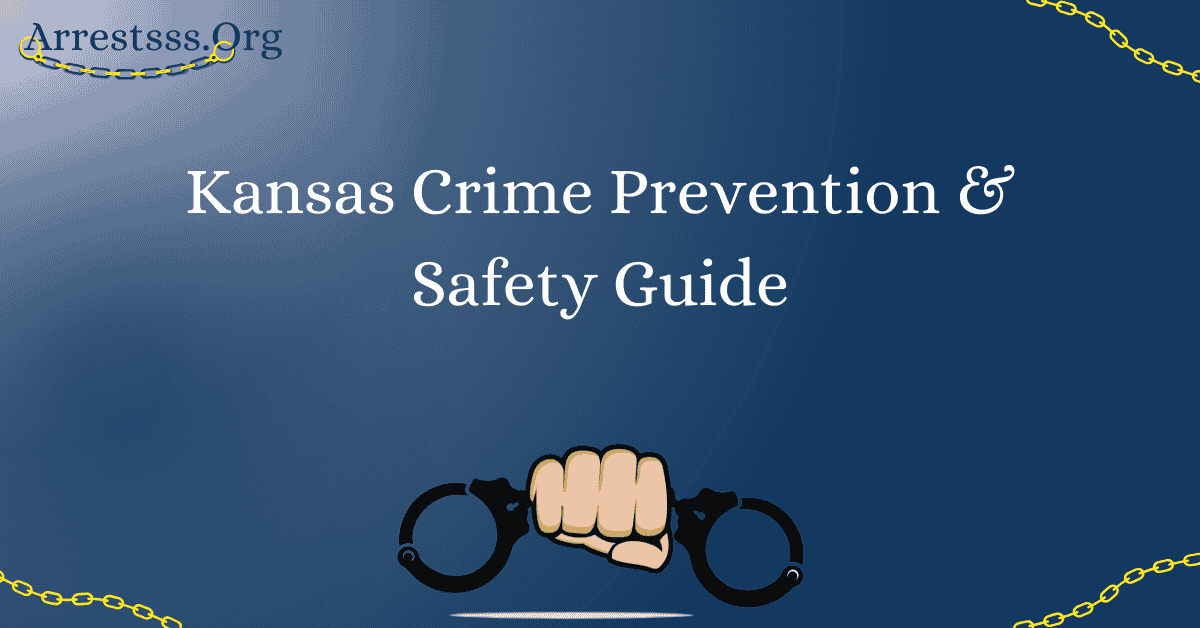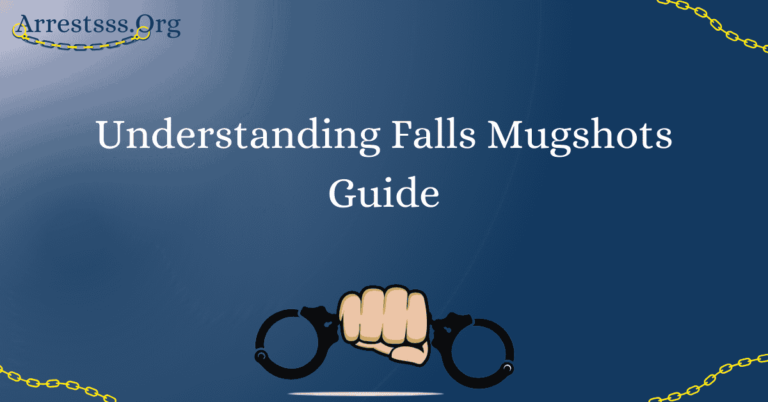Kansas Crime Prevention & Safety Guide

Kansas, often referred to as the “Sunflower State,” is known for its Midwestern charm and welcoming spirit. While it boasts scenic beauty and a strong sense of community, like any other place, it’s not immune to criminal activity. Whether you’re a long-time resident, a newcomer, or a tourist exploring the state’s attractions, staying informed about safety measures and crime prevention strategies is essential.
Crime Trends in Kansas
Before delving into the specifics of crime prevention and safety measures, it’s crucial to have a clear understanding of the prevailing crime trends in Kansas State. This knowledge serves as a foundation for devising effective preventive strategies and making informed decisions to protect yourself and your loved ones.
Crime Statistics in Kansas
Kansas, like every state in the United States, experiences its share of criminal activity. It’s essential to begin by examining recent crime statistics to gain a better perspective. While overall crime rates have fluctuated over the years, understanding the current landscape is vital. It allows law enforcement agencies, communities, and individuals to identify areas that require special attention and resources.
Urban vs. Rural Crime Rates
Crime rates often vary significantly between urban and rural areas. While cities like Wichita and Kansas City may have higher crime rates due to population density, rural areas face their own unique challenges. Understanding these differences will help tailor prevention strategies to specific environments, whether you reside in a bustling city or a tranquil countryside town.
Common Types of Crimes
Kansas experiences a range of criminal activities, including property crimes, violent crimes, and drug-related offenses. Knowing which crimes are more prevalent in your area can help you take proactive steps to protect yourself and your property.
Seasonal Variation in Crime
Crime rates can also exhibit seasonal patterns, with some crimes peaking during certain times of the year. For instance, burglaries might increase during the holiday season. Recognizing these patterns can assist in planning and implementing preventive measures at the right times.
Contributing Factors to Crime
Understanding the underlying factors that contribute to crime is essential for effective prevention. Factors such as unemployment rates, drug addiction, and social inequality can play a role in criminal activity. Recognizing these factors can lead to community initiatives and policies aimed at addressing root causes.
FAQ’s
What are the safest neighborhoods in Kansas to live in?
Safety in Kansas neighborhoods varies, but some generally safe areas include Leawood, Overland Park, and Olathe in the Kansas City metro area. However, safety can change over time, so it’s essential to research the latest data and consult with local law enforcement.
How can I protect my home from burglaries in Kansas?
Securing your home in Kansas involves measures like installing quality locks, using home security systems, and participating in community watch programs. Additionally, getting to know your neighbors and being vigilant about unusual activity can contribute to a safer living environment.
Are there any specific safety precautions for outdoor activities in Kansas, like hiking and camping?
When enjoying outdoor activities in Kansas, it’s crucial to be prepared for changing weather conditions, carry essential supplies, and inform someone about your plans and location. Be aware of wildlife, and follow park regulations and safety guidelines to ensure a safe experience.






